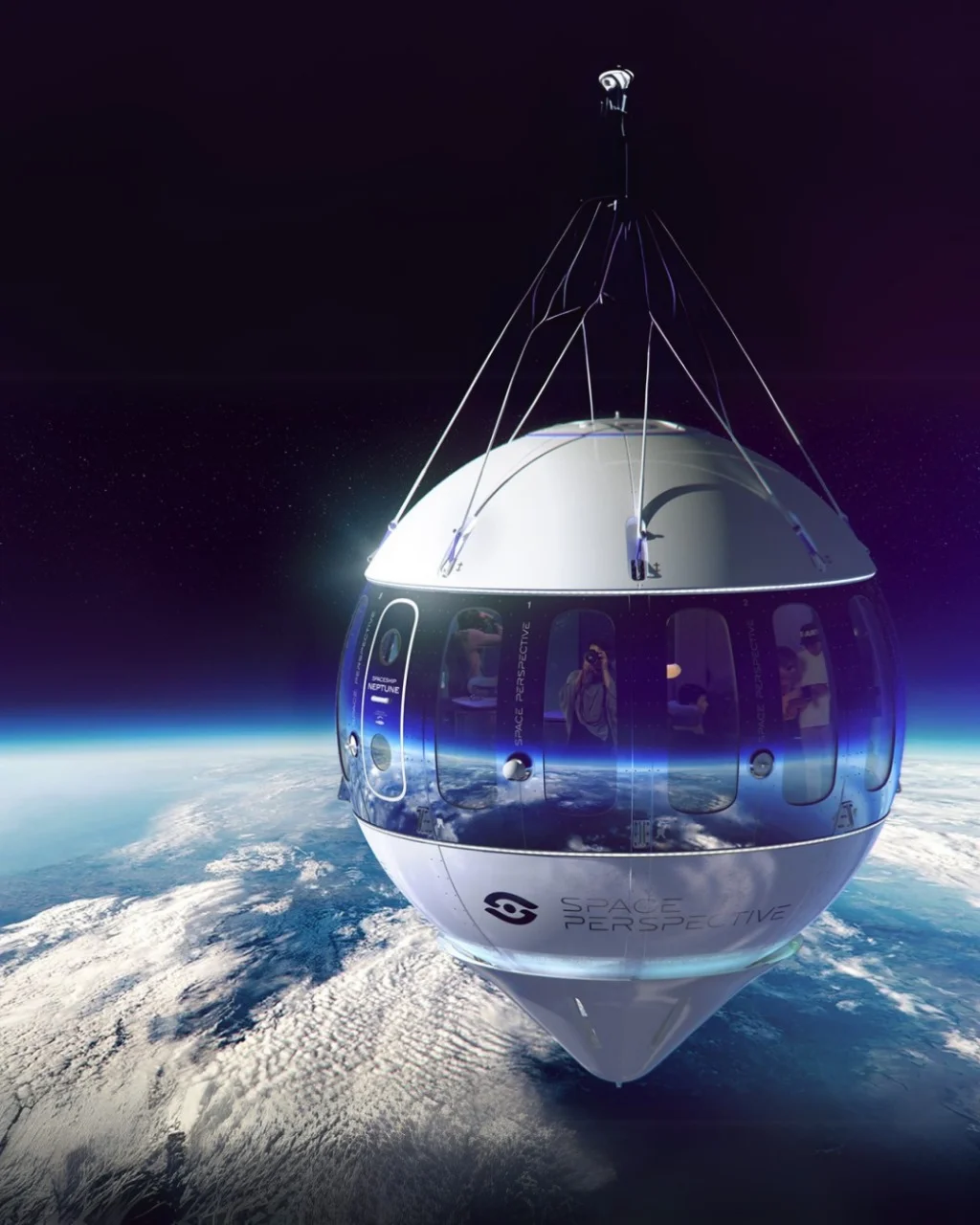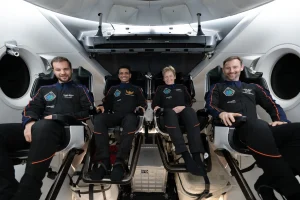Space tourism is no longer just a dream; it’s becoming a reality. In 2023, the global space tourism market was valued at $888.3 million and is projected to reach an astonishing $10.09 billion by 2030. This growth is largely driven by the continuous advancements in space travel technology and the rising interest among affluent individuals seeking unique, once-in-a-lifetime experiences.
The key factors fuelling the expansion of the space tourism industry are rapid technological advancements and growing demand from high-net-worth individuals. Technologies such as reusable rockets and more advanced spacecraft designs are making space travel increasingly viable and cost-effective.
One of the primary attractions is the opportunity for ordinary people to take part in orbital flights. As these technologies evolve, space tourism is gradually becoming more accessible, creating new opportunities for those seeking an unforgettable adventure beyond Earth’s boundaries.
Governments worldwide and private companies are making major investments into space tourism, driving the market toward substantial growth. Increased efforts in research and development from both space agencies and private companies have been crucial for overcoming the technical challenges involved in space tourism.
As the industry grows, so does the anticipation for space tourism’s future. Private companies, including SpaceX and Blue Origin, are continuously developing the infrastructure to make space travel a reality for civilians. Technological advancements like reusable rockets will significantly reduce the cost of travel and make these excursions more accessible to a larger market. What once seemed out of reach is now at the cusp of becoming mainstream.
Space Tourism Market Report Highlights
The suborbital segment is projected to lead the market, experiencing a CAGR of 44.4% between 2023 and 2030. This growth is fueled by more affordable ticket prices compared to orbital flights, reduced training requirements, and a rapidly growing fleet of suborbital vehicles from companies such as Virgin Galactic and Blue Origin, positioning it as the most accessible option for space tourism.
- The commercial segment is anticipated to achieve the fastest CAGR during the forecast period. This rapid growth is driven by substantial private investments, technological innovations that lower launch costs, and an expanding ecosystem of companies providing not only space flights but also complementary services such as space hotels and in-orbit experiences.
- Market analysis reveals that the United States, followed by Russia, Japan, and China, will dominate as the key source markets for space tourism. Industry leaders are expected to prioritize promotional efforts in the U.S. due to its large population of affluent consumers and potential for substantial market influence.
- In June 2024, Virgin Galactic successfully conducted its 12th mission, Galactic 07, featuring one researcher and three private astronauts. This marked the company’s seventh research-focused flight. The mission advanced space exploration through onboard experiments and highlighted Virgin Galactic’s progress in commercial human spaceflight, reinforcing its commitment to pioneering innovation in the sector.
The rapid expansion of the space tourism market reflects a broader shift in the tourism industry as technology unlocks new possibilities. By 2030, space travel will no longer be confined to astronauts alone—it will be a part of regular travel for adventurous individuals eager to explore the final frontier. With investment pouring in from all corners of the globe, the next decade will be a thrilling time for space tourists.
Source: https://www.grandviewresearch.com/press-release/global-space-tourism-market






